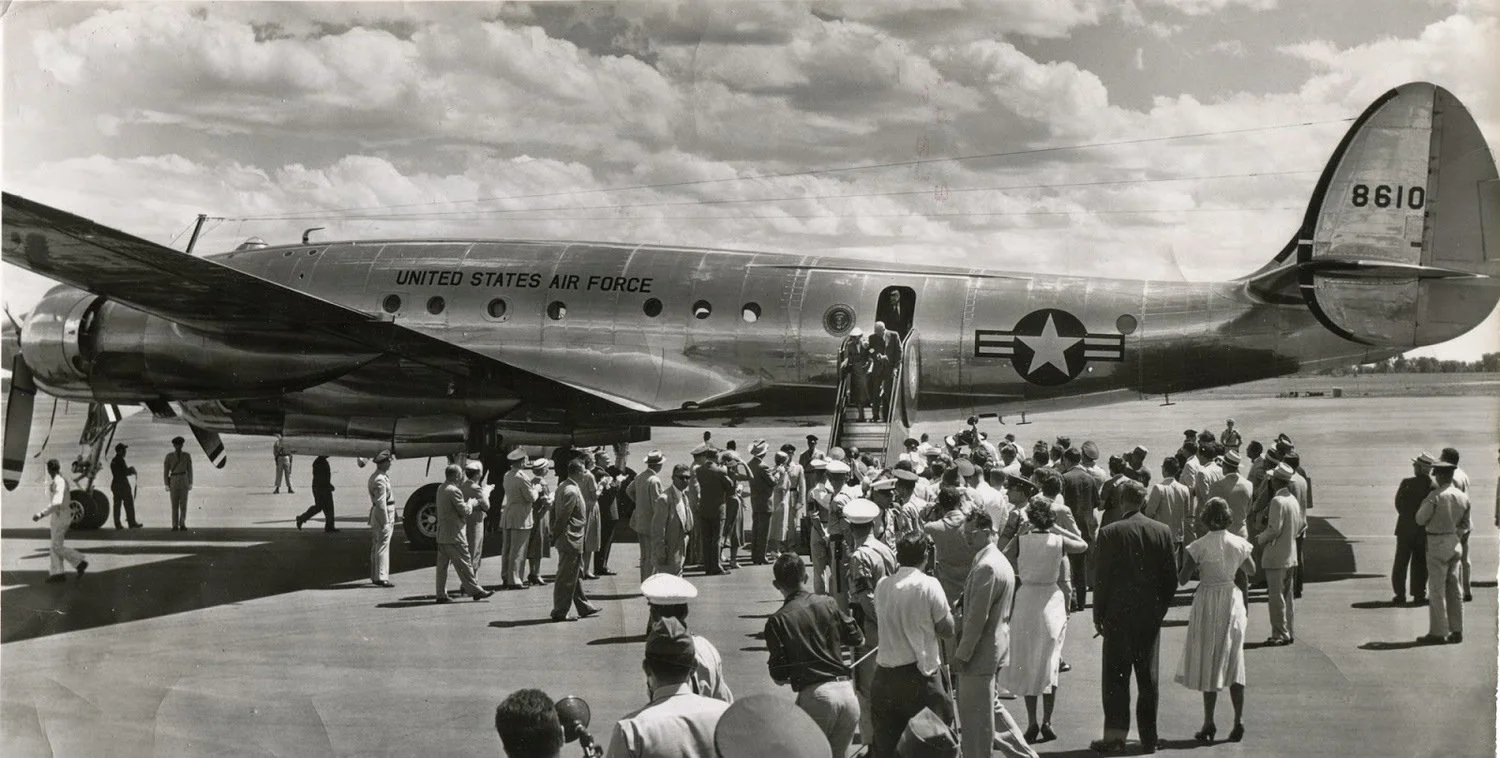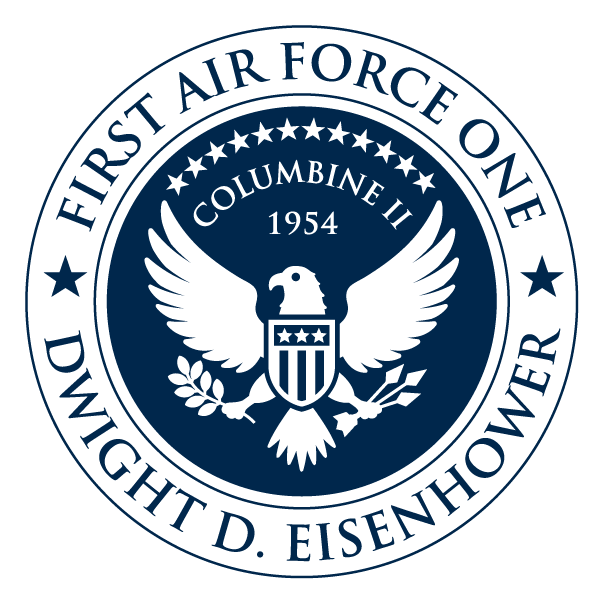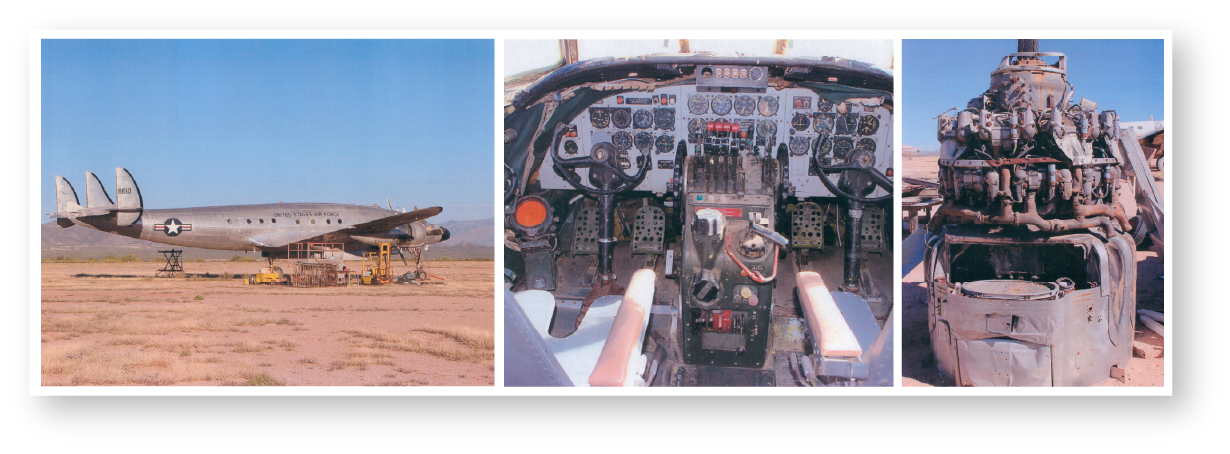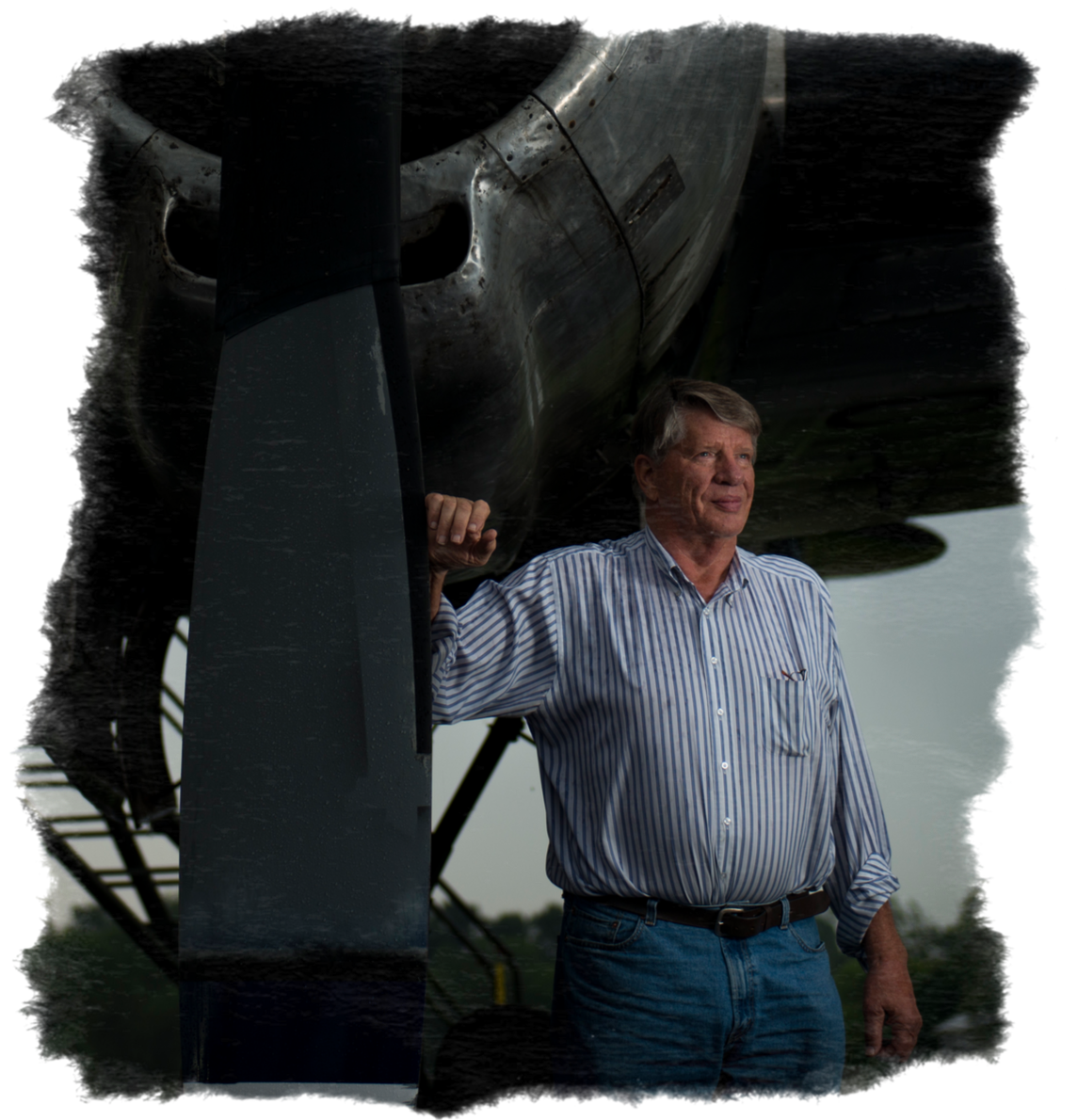The Story
The Origin, Loss, & Revival of The First Air Force One
The Birth of “The Connie”
The Columbine II was more than an airplane. Delivered in 1948 as a Lockheed Constellation, it became the first aircraft to carry the “Air Force One” call sign when Dwight D. Eisenhower entered the White House in 1953. That call sign was more than a designation — it was a safeguard, ensuring absolute clarity whenever the President of the United States was in the skies.
From her cabin, Eisenhower traveled to Korea as president-elect, fulfilling his campaign promise to see firsthand the war American troops were fighting. She carried him to the Bermuda Conference in December 1953, where he met with Winston Churchill and Joseph Laniel to strategize against Soviet influence. And aboard Columbine II, Eisenhower drafted his historic “Atoms for Peace” address, delivered to the United Nations in New York — a speech that shifted the global dialogue on nuclear responsibility.
This aircraft was not simply a mode of transport. It was a flying office of the Commander-in-Chief, where bold decisions were shaped, alliances were forged, and the hope of peace was carried from nation to nation.
Eisenhower’s Leadership & Legacy
Dwight D. Eisenhower was more than the 34th President of the United States. He was a five-star general, Supreme Commander of the Allied Forces in Europe during World War II, and the architect of victory on D-Day. His leadership helped restore peace after the world’s greatest conflict and set the stage for decades of stability.
As President, Eisenhower built the nation’s modern infrastructure through the Interstate Highway System, expanded access to education and opportunity, and strengthened America’s role on the global stage. He believed true leadership required humility, courage, and service — values that remain as relevant today as they were in the 1950s.
Columbine II was the aircraft that carried him through these defining years. From its cabin, he traveled to meet world leaders, visited troops abroad, and wrote words that inspired hope.
“[h3] 1948
The Columbine II became “Air Force One”.”
“[h3] 1953-1954
Eisenhower’s primary Air Force One.”
“[h3] 1960
The Connie was retired, stripped, and stored at Davis-Monthan Air Force Base, Arizona.”
“[h3] 1970
Sold at surplus auction and purchased by Mel Christler for crop-dusting and parts.”
“[h3] 1978
Smithsonian confirms aircraft’s identity as the First Air Force One.”
“[h3] 1980s
Limited public appearances, then long-term storage in Marana, AZ.”
“[h3] 2014
Karl Stoltzfus, Sr. learned of the fate of Air Force One.”
“[h3] 2016-Present Day
Flown home to Bridgewater, VA, to restore it to flight as a living museum.”
A Nearly Forgotten Faded Symbol
But like so many chapters of history, Columbine II’s story almost vanished. Retired from presidential service in 1954, the aircraft was later sold into civilian use, passing from Pan Am to the U.S. Air Force and ultimately auctioned as part of a lot of five surplus Constellations in 1970.
Purchased by a crop-duster, Columbine II was misidentified and became a parts plane, scavenged to keep other Connies flying. By the late 1970s, she was left to deteriorate in the Arizona desert. In 1978, the Smithsonian informed the Christler family of her true identity — the first Air Force One. Christler refused to scrap her, but without resources, the plane languished for decades, a faded giant baking under desert skies.
At one point, she came within inches of being cut for metal. The aircraft that had once embodied the dignity of the American presidency was reduced to a forgotten hulk, her legacy nearly erased from memory.
The Return to the Skies
Everything changed in 2014. Aviation pioneer Karl Stoltzfus, Sr. — founder of Dynamic Aviation — learned that Eisenhower’s Air Force One was available for sale. He refused to let history disappear. “No, we’re gonna fly it home,” he told his team, rejecting the idea of shipping it by ground.
Dynamic Aviation and the Mid America Flight Museum launched an urgent yearlong restoration in the Arizona desert: overhauling engines, replacing seals and gaskets, rewiring systems, and coaxing life back into an airframe that hadn’t flown in decades. Against all odds, Columbine II roared back into the skies, escorted by a B-25 bomber in a breathtaking formation flight across Texas.
On March 23, 2016, she landed at Dynamic Aviation’s home in Bridgewater, Virginia, greeted by crowds and tears of relief after an engine failure on approach nearly forced the crew to abort the flight and risk losing the aircraft forever.
Since then, Columbine II has entered a full system-by-system restoration.
With plans to soar again in 2027, our dedicated foundation has been built to preserve her story and inspire future generations.

Honoring the Memory of
Karl Stoltzfus, Sr.
The vision to restore Columbine II would not be possible without the passion and determination of Karl Stoltzfus, Sr., founder of Dynamic Aviation. Karl saw in this aircraft not just a piece of history, but a living symbol of American leadership, innovation, and unity.
It was Karl’s unwavering belief that the First Air Force One deserved to fly again that set this restoration in motion. He championed the effort, rallied support, and laid the foundation for a project that now inspires people across the nation.
Though Karl is no longer with us, his spirit continues to guide this mission. By honoring Karl Stoltzfus, we carry forward his dream: that Columbine II will soar once more, reminding future generations of the optimism, reconciliation, and pursuit of peace that can shape our world.






